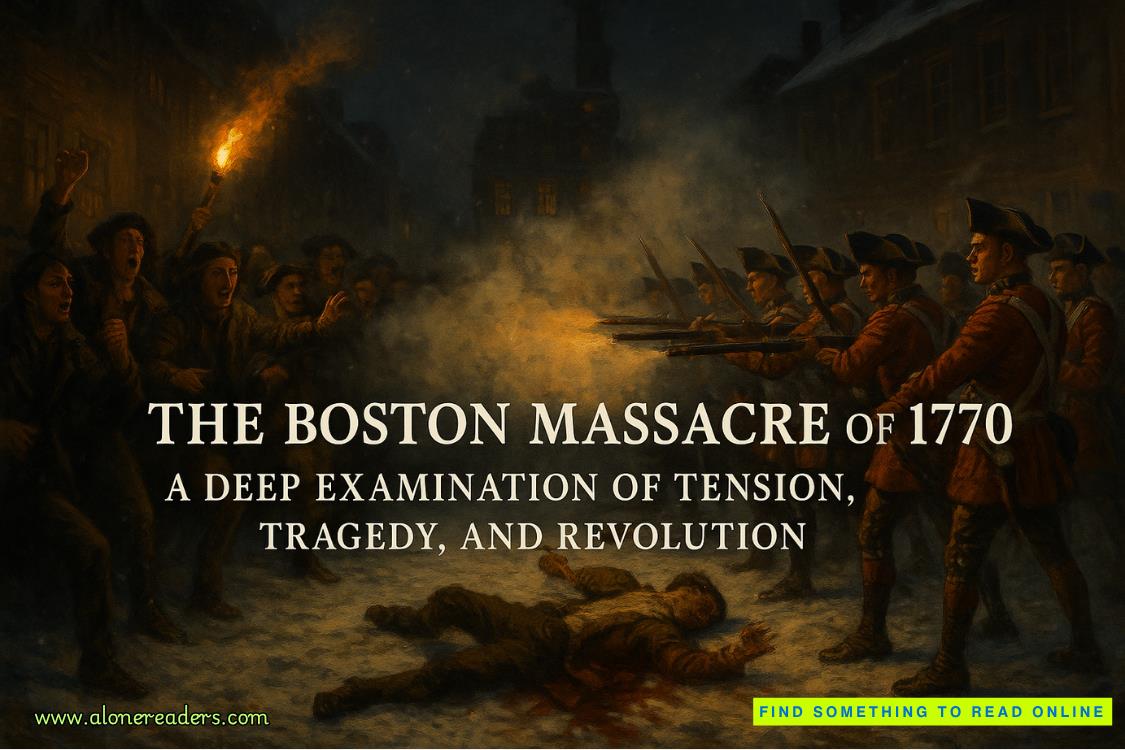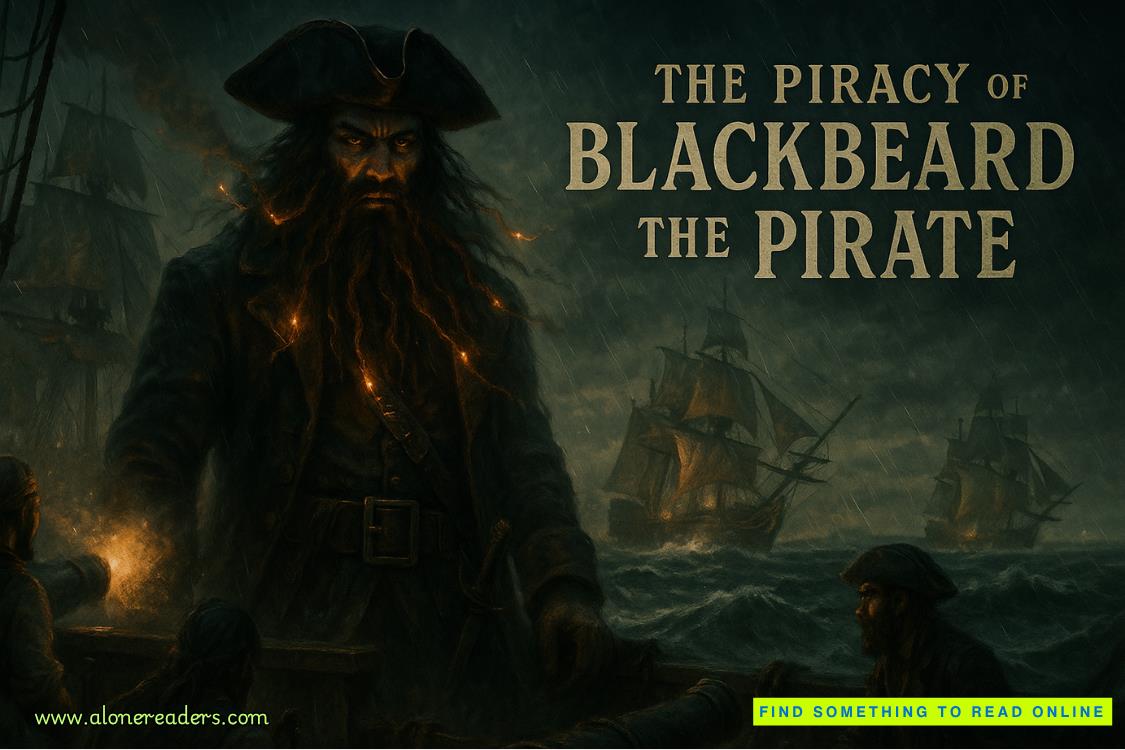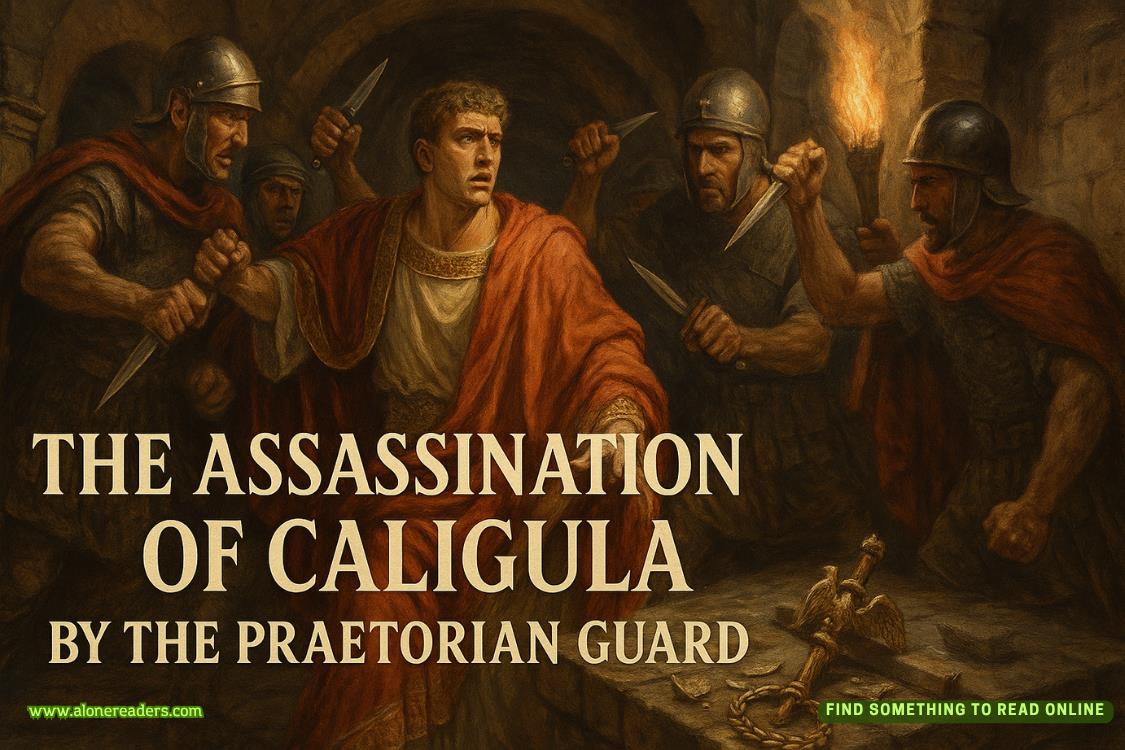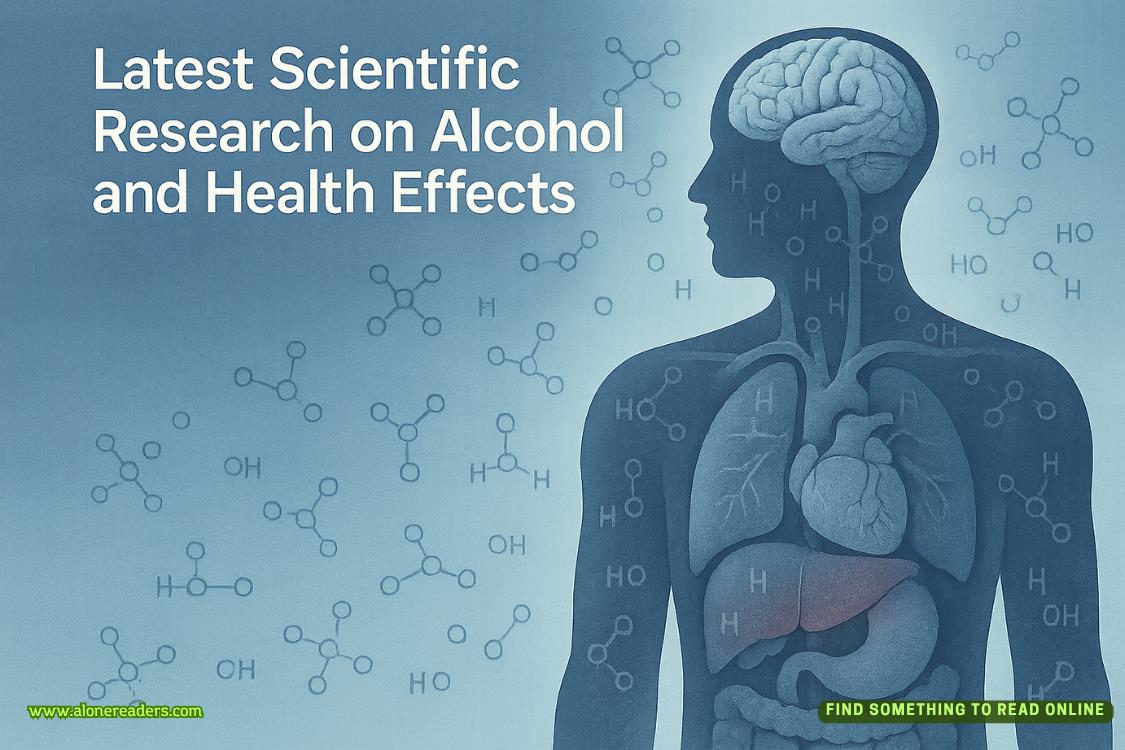Page 105 of Hello Stranger
There was no bouncing back here. There was no redeeming this moment. Or this day.
I started walking toward our lobby doors. No way was I taking the shortcut through Bean Street. I might never get coffee there again.
As the rage receded in my consciousness, delayed humiliation took its place. I walked faster, trying to escape as soon as possible.
But that’s when Joe called after me. “Are you okay?”
I just kept walking.
Joe called after me again. “Are you mad at me?”
No response there, either.
One final question from Joe. “Do we still need to finish the portrait?”
That one, I needed to answer. I stopped and turned. “The portrait,” I called back, looking near him but not at him, “is canceled.”
CANCELED.
The word ricocheted around in my head as I rode the elevator, climbed the rooftop stairs, served a plate of croissant morsels to Peanut, and then draped myself over my bed.
Canceled.
That felt surprisingly good.
I didn’t have to do any of this.
The idea misted me with relief. I didn’t have to just endlessly suffer and suffer and suffer.
I could just… quit.
That was a victory. Kind of. Wasn’t it?
An act of self-respect: Not forcing myself to endure a contest I knew I couldn’t win. Not suffering through an endless art show where I didn’t belong. Not painting the portrait of a disappointing man.
I could become a family therapist. Or a scuba instructor. Or a chef. Or a handbag designer. Was there some rule somewhere that the dream you picked for yourself in college had to be the dream you kept forever?
Peanut finished his repast and joined me on the bed, and the two of us lounged there together for a while, feeling victorious.
The joy of quitting. Who knew?
I could just stop trying. I could just never paint again. I could be free.
The raw power of saying no felt so good, we just stayed like that—enjoying our perspective shift—until we both accidentally fell asleep and drifted into one of those deep, peaceful, underwater naps.
WHEN I WOKEup, I had a text from Sue.
She’d found an article about an artist who had severe face blindness whose entire body of work consisted of drawings she’d made of her ownface—by feel. Thousands and thousands of portraits of her own face—done with her eyes closed as she moved her free hand around her face and took in visual information by touch.
LOOK!Sue shouted—all caps—in the text.THESE SELF-PORTRAITS ARE AWESOME!
Self-portraits are not allowed,I texted back.
Just read the article,Sue said.
I read the article. It was long. It told the story of this artist’s life—of how her severe lifelong undiagnosed face blindness had led her parents, teachers, and schoolmates to think every bad thing they wanted about her. From being called stupid to uncooperative to obstinate, she’d been misunderstood and blamed her entire life, as if she suffered from an attitude problem. Or a bad personality. They blamed her and disliked her—and she blamed and disliked herself… until she discovered the practice of drawing by feel.
She couldn’t perceive her own face, and so the process of drawing self-portraits had become a way of finding herself. She had thousands and thousands of them by now—all of them ethereal and poetic and mysterious, like she was glimpsing herself through a deep fog. I couldn’t see the faces, either, when I looked at the images of the article, but I could see the smoky pencil lines, I could feel the sense of mystery, and I could read the exquisite details.















